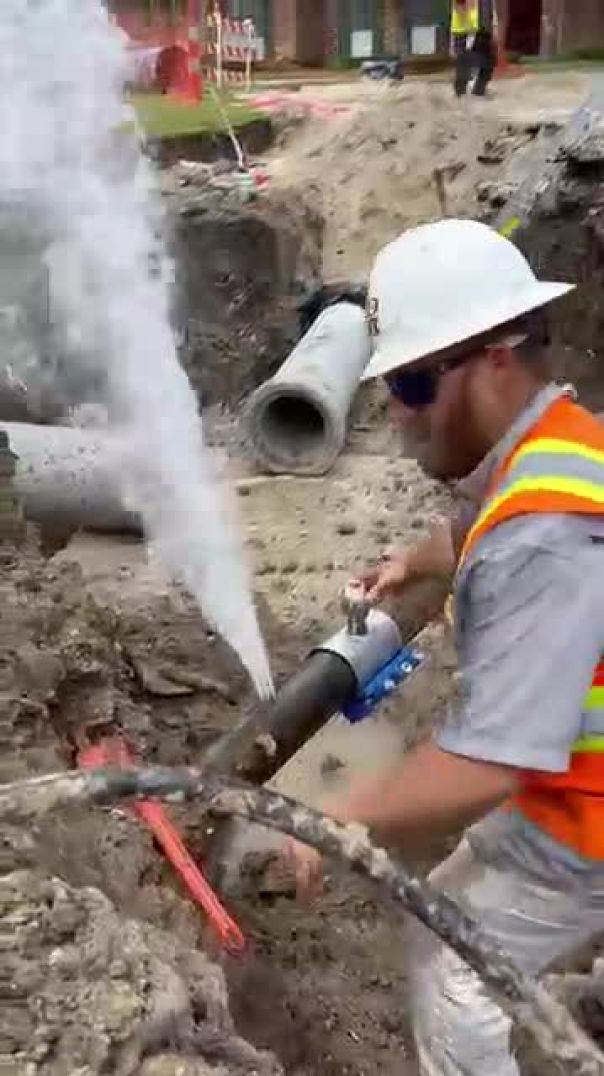7 Views· 12 September 2022
Calisthenics Can't Build Big Muscles (PROVEN) - Can You Gain Muscle with Body Weight Training
Can you build muscle with CALISTHENICS? Welcome to weight training vs calisthenics 101. If you want to learn how to build muscle without weights and if weight training is better than body weight training then watch this. Should you go high reps, light weight or heavy weight low reps? All this is answered.
🔥 FREE 6 Week Shred: https://GravityTransformation.com
📲 Fat Loss Calculator: http://bit.ly/2wZrDQr
Can calisthenics really build muscle or is it just an overhyped idea that falls drastically short of the results we can expect from weight training. This is the topic of today’s video........weight training versus calisthenics, not my opinion, but what do the studies have to say. Which ones best for building muscle and acheiving that lean aesthetic body? First let’s start with the fact that there’s proof that both of these approaches can produce some pretty amazing results. With Bodyweight training we got people like frank medrano, Chris heria, and Hannibal for king. And all of them developed really great physiques with an emphasis on body weight training. Gymnasts, especially those that use the rings, are another great example of how body weight training can build a very nice physique. With weight training you have a lot of different styles that produce Different results. You have natural bodybuilding And physique competitors. They use weight training to produce really aesthetic results with a primary focus on the way the muscles look rather than their functionality. And you also have high intensity interval resistance training or hirt in programs like crossfit that also produce great physiques. Even if you hate crossfit you can't deny that it produces some pretty shredded athletes. So we know that it's possible to build a great body with or without weights but which way is best and which way will get us to build muscle the fastest? Well to answer this question we have to look at what makes a natural lifter continuously build muscle? And the answer to that is a little something known as Progressive overload. Which is essentially incrementally increasing the difficulty of your workouts for your body to adapt with improved strength and muscle gains. There are four factors that we can manipulate to achieve Progressive overload. Frequency intensity volume and time. Frequency is the number of days that you would work out, and time is the amount of time spent during one workout. So these two factors we're going to ignore because we're going to pretend that we want to spend the same exact amount of time on both body weight training and weight training. Volume is the total amount of work that you're doing based on reps and sets. Intensity is usually measured by the weight load, or amount of force that's put on the muscles. With weight training it's very easy to increase intensity and it's also very easy to track your increases in intensity. This is done simply by adding more weight to the exercise performed. With calisthenics you can increase intensity as well, but it's not quite as simple. For example you can start with a push up on your knees, eventually progress to a regular body weight push-up, then get to an inclined push-up which will transfer more weight to your upper body, and finally move on to a handstand pushup. After the handstand pushup it's going be hard for you to find ways to increase intensity. Volume on the other hand can very easily be used in a calisthenics program to progressively overload your muscles. So you can always add more sets and reps of pushups, but there is a limit to how much bodyweight you can add to this movement. So with weight training we have the advantage of being able to manipulate intensity infinitely. In a study published in 2015 they compared the effects of high volume resistance training verses high intensity resistance training and they found that the higher intensity group stimulated significantly greater strength gains for a 1 rep max bench press, and their lean arm mass gains were also greater when compared to the moderate intensity, high-volume program group. Even though this study isn't comparing calisthenics to weight training directly, we can say that a higher intensity or heavier load stimulates more muscle mass than a moderate load. And again in terms of manipulating intensity the advantage goes to weight training. This study pretty much throws away the argument that you can achieve just as much muscle gains with lighter weight, more reps and sets within the same amount of time as you could with heavier weight. At least for the upper body. So increasing your total reps for pushups per day may not be as effective as progressively using a heavier weight load to build muscle in your upper body. The study however does mention tha...



























0 Comments